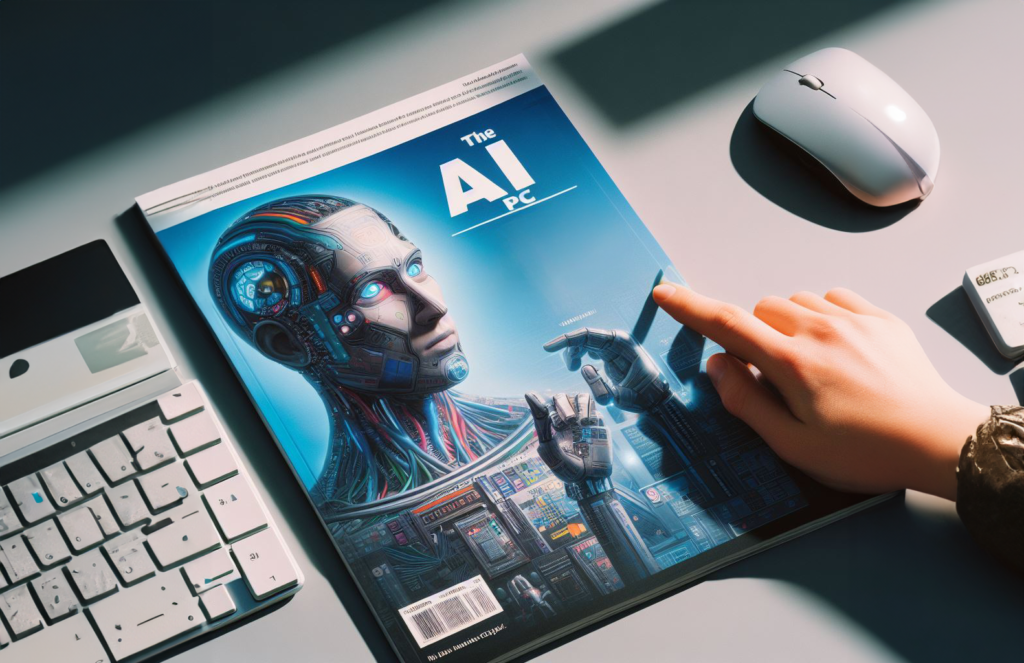Microsoft said last week that it was adding a Copilot button to the Windows keyboard. If you’re not familiar, Microsoft’s generative AI-powered assistant is known as Copilot, and it appears to be integrated into nearly every software product the corporation produces. The business adds that it is collaborating with PC manufacturers to include the key into next models.
Indeed, Dell declared later that week that the button would be included in the upgraded XPS laptop models. Essentially, the concept is that your laptop keyboard will have a specific AI button. Microsoft provided the following explanation in a statement:
It is worth noting that Microsoft is altering a keyboard layout that has been in use for thirty years. That is how much the business believes in its mission to integrate Copilot into nearly every aspect of your PC experience.
Microsoft is clearly all in when it comes to generative AI. Known for creating ChatGPT, OpenAI was backed by a $10 billion investment from it. It has also devoted a great deal of time and effort to developing and implementing its Copilot feature.
In reality, though, you have to look back around thirty years to understand how we got here. For in a sense, the Co-Pilot button on your upcoming Windows keyboard represents a development that took three decades to complete. This is what it means:
Microsoft CEO Satya Nadella once said to the crowd at the company’s Surface presentation in September that “it’s like the ’90s are back.” In his remarks, Nadella alluded to the heyday of the personal computer, in which Microsoft played a significant role.
As important as the PC was in the 1980s, the web was in the 1990s, mobile was in the 2000s, and cloud computing was in the 2010s, according to Nadella. You will work with a Co-Pilot to do all of these tasks and more, much like when you launch an operating system to access apps or use a browser to surf websites.
No business dominated the growth of the PC like Microsoft. Since then, people’s use of computers has migrated, first to the internet, then to smartphones. Microsoft has never dominated either of these platforms, yielding them to Google and Apple.
There’s no denying that Microsoft views AI as a platform for dominating computers and views its AI efforts as a means of returning to its heyday. It’s definitely a smart idea to do so by placing a physical button directly on the keyboard. Well, it’s a good place to start, anyway.
Microsoft appears to see AI as a chance to relive the good old days. During the presentation, Nadella made numerous references to this. He stated that when he first joined Microsoft, the company’s goal was to have a PC in every home and on every workstation. They now envision a Co-Pilot that will enable every individual and every enterprise on the globe to reach higher levels.
In reality, he’s expressing that he wants Microsoft to become the leading company in artificial intelligence (AI) computing, but when he first joined the company, it was the industry leader in desktop computing. And the business could have a chance.
Microsoft might actually have a chance. More interesting examples of how people might really use AI on a regular basis are the Copilot demos. These are perhaps a few of the more evident ways that computers can increase productivity. Additionally, Microsoft is ensuring that Copilot is here to stay by adding a dedicated button.








